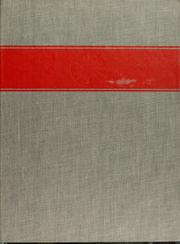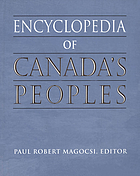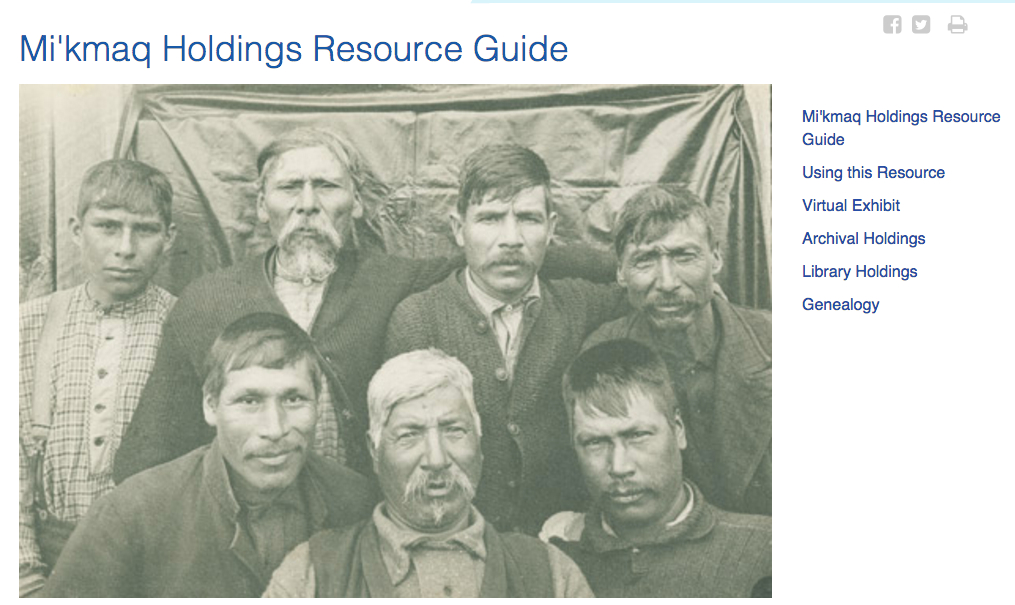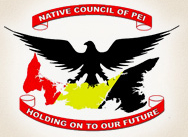I. Getting Started
The Library has a number of Reference works discussing North American First Nations (predominantly in the E77 - E99 call # range), including a couple which have detailed entries on the Mi’kmaq:
 - Bock, Philip K. “Micmac” in The Handbook of North American Indians v. 15. Washington, DC : Smithsonian Institution, 1978. pp. 109 - 122.
- Bock, Philip K. “Micmac” in The Handbook of North American Indians v. 15. Washington, DC : Smithsonian Institution, 1978. pp. 109 - 122.
Call # E77. H25 v. 15
Though now rather dated, and containing some assertions called into question by more recent scholarship (notably that the Mi’kmaq played “a major role” in the demise of Newfoundland’s Beothuk), this work remains a well-researched and well-written introduction to Mi’kmaq culture and heritage from “pre-contact” through to the 1960s. Generous illustrations and a note on historical information sources further enhance the text.
 - Shepherd, Kenneth R. “Micmac” in The Gale Encyclopedia of Native American Tribes v.1. Toronto, ON : Gale Research, Inc., 1998. pp. 134 - 141.
- Shepherd, Kenneth R. “Micmac” in The Gale Encyclopedia of Native American Tribes v.1. Toronto, ON : Gale Research, Inc., 1998. pp. 134 - 141.
Call # E77.G15 1998 v.1
Shorter and less detailed than Bock’s essay, this work nevertheless offers a welcome update to his writing. The organization of information is also more intuitive and more accessible to the non-specialist reader than in Bock’s work, though there are fewer illustrations. The bibliography and further reading section provides a useful listing of major writings about the Mi’kmaq, current up to the mid-1990s.
Also of note in the Library Reference section is:
 - Chute, Janet E. “Aboriginals : Algonquians/Eastern Woodlands” in The Encyclopedia of Canada’s Peoples. Toronto, ON : University of Toronto Press, 1999. pp. 14 - 30.
- Chute, Janet E. “Aboriginals : Algonquians/Eastern Woodlands” in The Encyclopedia of Canada’s Peoples. Toronto, ON : University of Toronto Press, 1999. pp. 14 - 30.
Call # FC104.E56 1999
While the decision not to grant the Mi’kmaq (or, at least, Eastern Algonquian speakers -- Abenaki, Delaware, Malecite, and Mi’kmaq) their own entry in this fine volume might be regretted, this does not detract from the overall excellence of the information to be found on the Mi’kmaq throughout the chapter on Eastern Woodlands Algonquians. Topics covered include history, economics, family/social organization, culture and religion, education and language, and politics (including relations with other ethnic groups). There are no illustrations, but the writing is clear and concise, and the inclusion of Mi’kmaq within a broader chapter on Eastern Woodlands peoples does have the virtue of positioning this First Nation in a regional context. Suggestions for further reading are provided.
Online Reference sources include:

- Nova Scotia Archives & Records Management.
Mi'kmaq Holdings Research Guide (http://novascotia.ca/archives/mikmaq/)
In addition to a wealth of information on the extensive Mi’kmaq-related material at the Nova Scotia Archives, along with digitized samples of textual, artifactual, materials from these holdings, this site also offers an “Other Links and Online Resources” section, a varied and well-chosen selection of Mi’kmaq resources and information available from other organizations.
- Cape Breton University. Unama'ki College.
Mi'kmaq Resource Centre
(http://www.cbu.ca/indigenous-affairs/unamaki-college/mikmaq-resource-centre/)
A project of the Unama'ki College -- which works to further the educational goals of Mi’kmaw communities -- the Mi’kmaq Resource Centre, “houses documents such as academic theses, articles and scholarly papers, books, and cultural artifacts unique to Aboriginal history, consolidated and accessible in one location.” The Centre has also made a substantial number of essays and other texts available through its Web site, and offers comprehensive listings of Mi’kmaq-related Web sites and books.
Information specific to Prince Edward Island (Epekwitk) Mi’kmaq can be found on the Web sites of the two main Aboriginal organizations in the province:

 the Mi’kmaq Confederacy of PEI (mcpei.ca), a tribal council operated cooperatively by the Lennox Island and Abegweit First Nations, and;
the Mi’kmaq Confederacy of PEI (mcpei.ca), a tribal council operated cooperatively by the Lennox Island and Abegweit First Nations, and;- the Native Council of PEI (www.ncpei.com), which represents “off-Reserve” aboriginals.
The PEI Government’s Indigenous Relations Secretariat (https://www.princeedwardisland.ca/en/information/executive-council-offi…) has only been in operation for a few years, and as yet has only a modest Web presence, but its site does have some items of interest, including a collection of historical photographs of PEI Mi’kmaq as well as updated information on Mi’kmaq-related archaeological activity on the Island.
MI'KMAQ RESEARCH GUIDE HOME NEXT SECTION >
Created by: Simon Lloyd, B.A., M.L.I.S. -- University Archivist and Special Collections Librarian
Phone: 902-566-0536
e-mail: slloyd@upei.ca
Date created: 01-November-2010
Date last updated: 14-October-2020